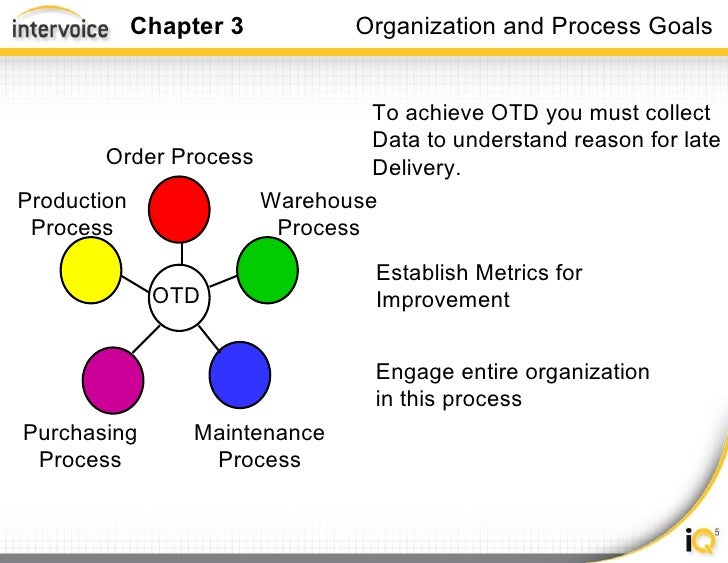Iso Audit Checklist For Training Department Organization
Internal audits collate facts about the functions and processes in an organization so as to gauge the extent to which standards are being met. Organizations undertake internal audits before the external audits done by registrars for the International Organization for Standardization, or ISO, before issuing a certificate of compliance.
Checklist for an Internal Audit of a Company. Auditors evaluate financial statements for accuracy and sound accounting. John Foxx/Stockbyte/Getty Images. – Process mentality. – Consider policy, objectives, processes, products and organizational alignment. – Prepare an audit plan. – Conduct an audit. January, 2013. Checklist Example: Relevant Documents. ❑ ISO 9001:2008. ❑ Quality system documentation. ❑ Pertinent corporate policies, procedures etc.
The ISO does not require checklists, but organizations conducting internal audits use checklists as a guide to addressing human resource issues within the organizations. Rubi Serial 9x Cast. No single checklist is universally applicable; organizations create their own checklist tweaked to their specific industry. Standards The ISO 9000 family regards the international standards applicable to quality management systems or QMS in an organization. The ISO quality management standards have eight principles, including a resource management standard. Human resources fall under the broad category of the resource management principle, which provides a blueprint against which quality management systems pertaining to employees are evaluated.

Inna Tonight We Could Be More Than Friends Mp3 Free Download on this page. According to ISO 9001:2008, clause 6, employees of an organization must have the skills and competencies needed in the production and provision of quality products and services. Training Internal audits ask human resources staff questions such as: What type of training does the organization offer? How frequently is the training conducted? Is the training evaluated before and after? Is the training documented? ISO 9001: 2008 requires that personnel be trained on areas that improve performance and conform to product quality requirements. Internal auditors may use indicators to assess the effectiveness of training of employees.
For example, an audit report may list 'shown' to indicate an employee has received training; 'competent' for average performance; and 'able' to indicate that the employee performs remarkably.
By Craig Cochran, Project Manager, Georgia Manufacturing Extension Partnership (GaMEP) at Georgia Tech If you’re preparing to start auditing against ISO 9001:2015, you’ve probably already asked yourself the timeless question: What the heck am I going to ask these people? There’s no worse feeling in the world than being in the middle of an audit and realizing that you don’t have anything to say in the way of questions. Preparation and planning can remedy this, of course, but the fact remains that ISO 9001:2015 includes a lot of new requirements that have never been part of most audits. In order to expedite your thinking, these are what I believe to be the most important audit questions for ISO 9001:2015: What can you tell me about the context of your organization? This question is the starting point of ISO 9001:2015, appearing in section 4.1. The standard uses the clunky term 'context,' but this could easily be substituted by asking about the organization’s internal and external success factors. Questions about context are usually directed at top management or the person leading the QMS (formerly known as the management representative).